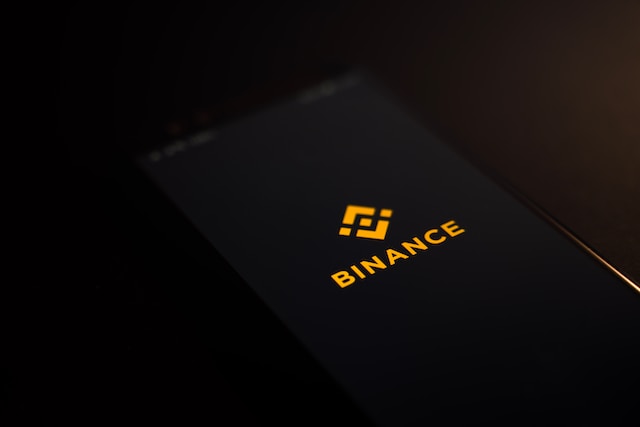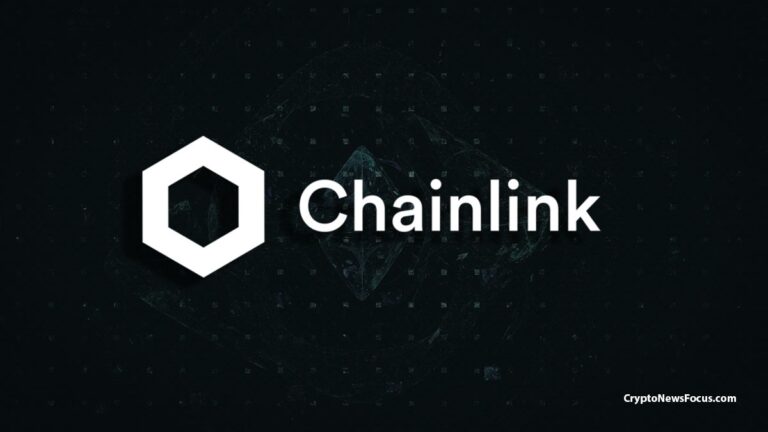
- BNB staking allows users to earn passive income by locking their Binance Coin (BNB) on platforms like Binance Earn, DeFi protocols, and staking pools, with rewards varying based on duration and risk.
- To maximize returns while ensuring security, investors should choose reputable platforms, diversify staking methods, and stay updated on market trends.
Binance Coin (BNB) has established itself as a major player in the cryptocurrency world, with a market capitalization exceeding $90 billion. One of the best ways to maximize your BNB holdings is through staking, which allows you to earn passive income while supporting the network. This guide will walk you through the best ways to stake BNB and the key considerations for safe staking.
What is BNB Staking?
BNB staking involves delegating your Binance Coin to validators on the BNB Smart Chain (BSC), which uses a Proof-of-Staked-Authority (PoSA) consensus mechanism. In return, you earn staking rewards, with yields reaching up to 4.84% APY when staking directly on the BSC.
How to Stake BNB
Staking BNB is relatively simple, but it does require some familiarity with cryptocurrency wallets. Here’s a step-by-step guide:
- Buy BNB: Purchase BNB from a cryptocurrency exchange or through a wallet that supports direct purchases.
- Transfer to a Wallet: Move your BNB to a non-custodial wallet like Best Wallet or MetaMask.
- Choose a Staking Platform: Decide whether to stake directly on the BNB Smart Chain, use a decentralized finance (DeFi) platform, or a centralized exchange.
- Connect to BNB’s Staking App: Visit the official BNB staking page and connect your wallet.
- Delegate to a Validator: Select a reputable validator based on their commission, uptime, and rewards.
- Earn Rewards: BNB staking rewards are distributed daily, with a 24-hour epoch cycle.
Where to Stake BNB
There are multiple ways to stake BNB, each with its pros and cons:
- Non-Custodial Staking: Directly stake BNB via the BNB Smart Chain for maximum control and higher yields (up to 4.84% APY).
- DeFi Platforms: Platforms like Ankr and Stader Labs offer liquid staking tokens, which allow you to trade your staked BNB without waiting for an unbonding period.
- Centralized Exchanges: Binance and KuCoin provide easy staking options, though with lower yields (as low as 0.7% APY).
Safety Considerations for BNB Staking
Staking BNB is generally low risk, but there are still factors to consider:
- Slashing Risks: Validators that violate network rules can cause partial or total loss of staked assets.
- Smart Contract Vulnerabilities: DeFi staking involves smart contracts, which can be exploited if poorly secured.
- Custodial Risks: Centralized platforms can be hacked or become insolvent, risking your staked BNB.
Maximizing Your BNB Staking Returns
- Choose the Right Validator: Look for validators with high uptime and low commission fees.
- Diversify Your Staking: Split your stake across multiple validators to reduce risk.
- Use Liquid Staking: If flexibility is a priority, liquid staking allows you to retain access to your assets while earning rewards.
Final Thoughts
BNB staking is a great way to earn passive income while contributing to the security of the Binance Smart Chain. Whether you prefer staking directly, using DeFi platforms, or relying on centralized exchanges, understanding the risks and best practices will help you maximize your earnings. Ready to start staking? Choose a method that suits your risk tolerance and investment strategy today!




